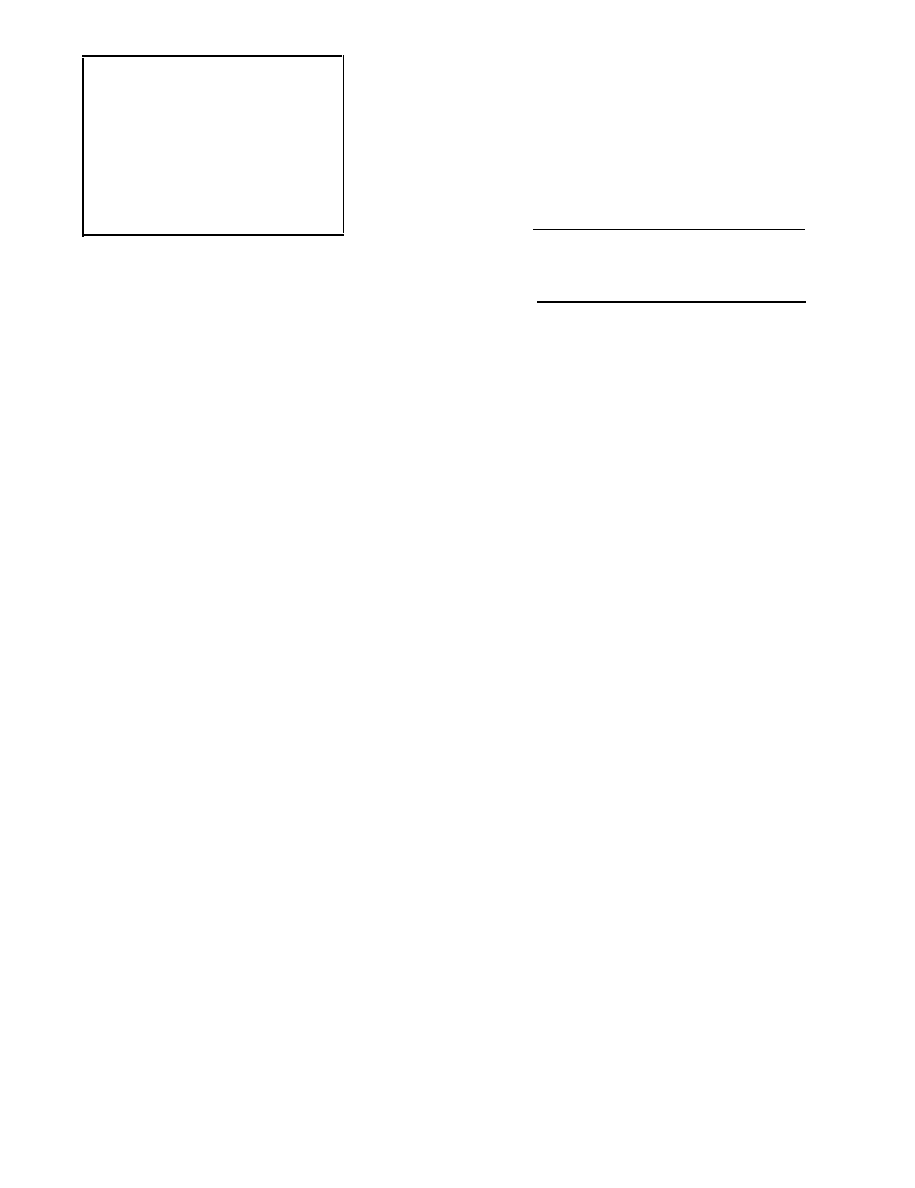
DOFMaster
for Windows
On-line
Depth of Field
Calculator
DOFMaster for Mobile Devices
On-line
Depth of Field
Table
Hyperfocal
Distance Chart
Articles
FAQ
Recommended
Books
Support
Contact
Links
Home
for Windows
On-line
Depth of Field
Calculator
DOFMaster for Mobile Devices
On-line
Depth of Field
Table
Hyperfocal
Distance Chart
Articles
FAQ
Recommended
Books
Support
Contact
Links
Home
As an Amazon Associate I earn from qualifying purchases.
![]()
REFER TO FIGURE 6A AND SELECT THE TYPE
OF PORTRAIT LIGHTING USED TO CREATE THE
EFFECT USED AS THE QUESTION.
2. B
3. C
2. B
3. C
4. D
2. B
3. C
2. B
3. C
4. D
influential?
of lighting is used for subjects
be reflected from the subject's
forehead in a portrait?
Basic Photography Course

As an Amazon Associate I earn from qualifying purchases.
WWW.DOFMASTER.COM
© 2006 Don Fleming. All rights reserved.
© 2006 Don Fleming. All rights reserved.